Westland
Whirlwind
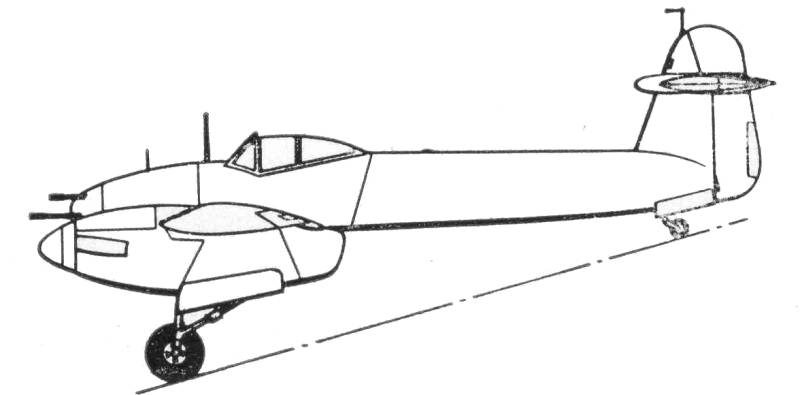
The Westland Whirlwind was designed to meet Air Ministry specification F.37/35 calling for a single seat day and night fighter with between four and eight 20 mm cannons. The design, built around two Rolls Royce Peregrine engines, first flew on October 11, 1938. Unfortunately the Peregrine engines suffered numerous development problems which not only slowed testing of the prototypes but when a production order was released no order was given to Rolls Royce for the engines and since they were heavily committed to building Merlins even more delays were encountered getting production aircraft into service. Deliveries were delayed until June of 1940 and it was not until November of 1941 that sufficient aircraft were available to equip two squadrons.
The Whirlwind had good flying characteristics and at low altitude was superior to contemporary single seat fighters. However continued problems with the Peregrine engines and the desire of the RAF for fighters that handled well at high altitude doomed the Whirlwind to a short lived career. The Whirlwind served as an escort fighter and later when fitted with bomb racks to supplement it's four 20 mm cannons, it went on to distinguish itself as a ground attack intruder over Europe. It served in this role until replaced by Typhoons in 1943. The Whirlwind had the distinction of being the RAF's first twin engine single seat fighter. A total of around 141 production aircraft were built.
The Kit
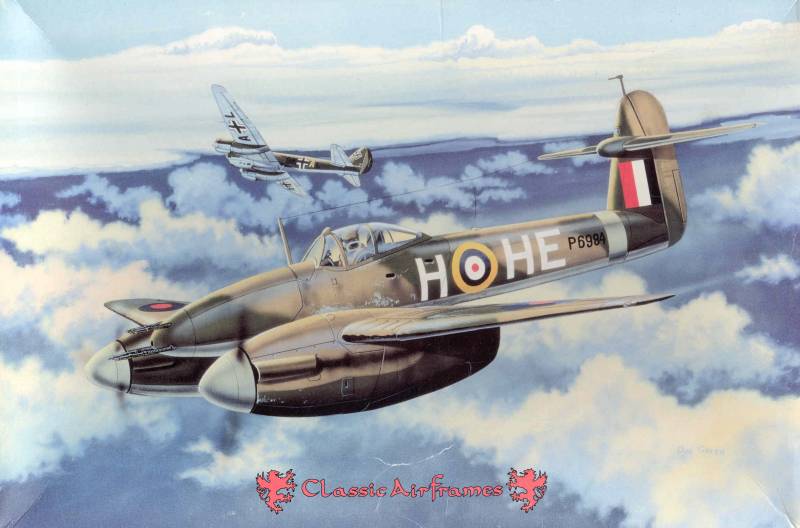
The Classic Airframes kit comes in a typical CA two part top open box with nice artwork on the top. Inside the box is a bag containing three sprues of injection molded plastic in a light gray color. Also included is a small bag of resin parts and an even smaller bag of cast metal parts. The clear parts were loose in the box. The finish on the parts is smooth and the surface detail consists of recessed panel lines and fastener detail and some raised detail as appropriate. The panel lines are fine and consistent. Like most short run kits there are no alignment pins and the sprue attachment points are heavy requiring care in removing them from the sprues. I did not find any surface defects on any of the air frame outer surfaces and no ejector pin marks or towers where they will show but there are some on the insides of the wings that will need to be removed before assembly. There is some structural detail molded into the gear bays. Altogether there are 32 parts in gray, see below.
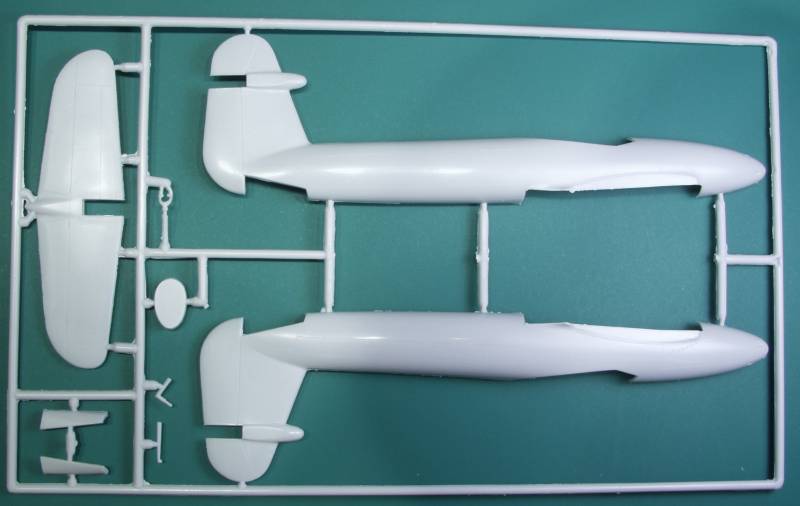
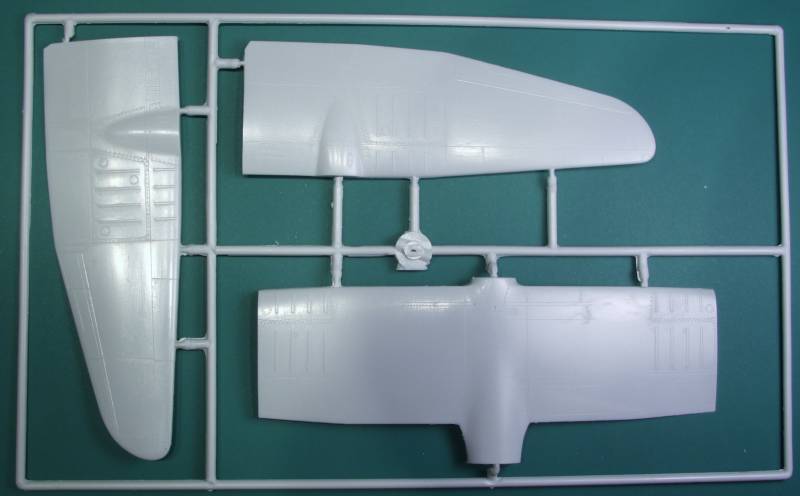
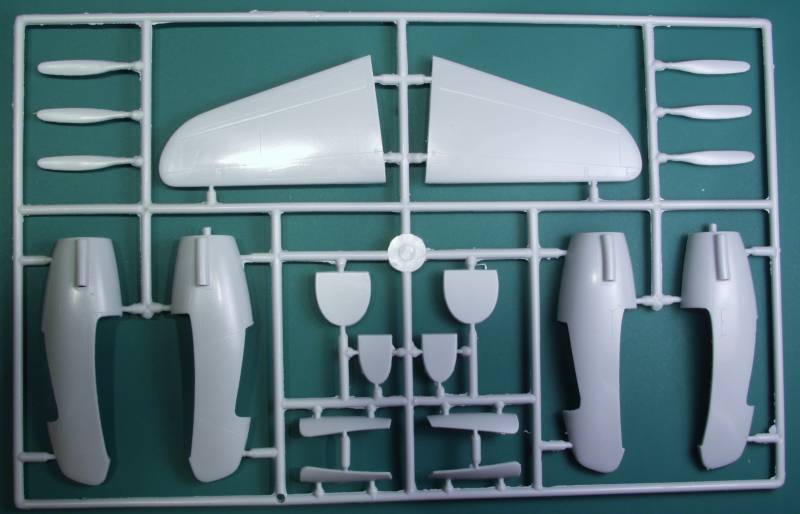
The resin parts are molded in a tan color and are sharply molded and were free of pin holes and short shots. Most of the parts are used in the cockpit but also include main wheels and tires, tail wheel, 20 mm cannon barrels, spinners, optional bomb racks, camera fairing and spent shell casing fairing and radios. Altogether there are 55 resin parts, see below.
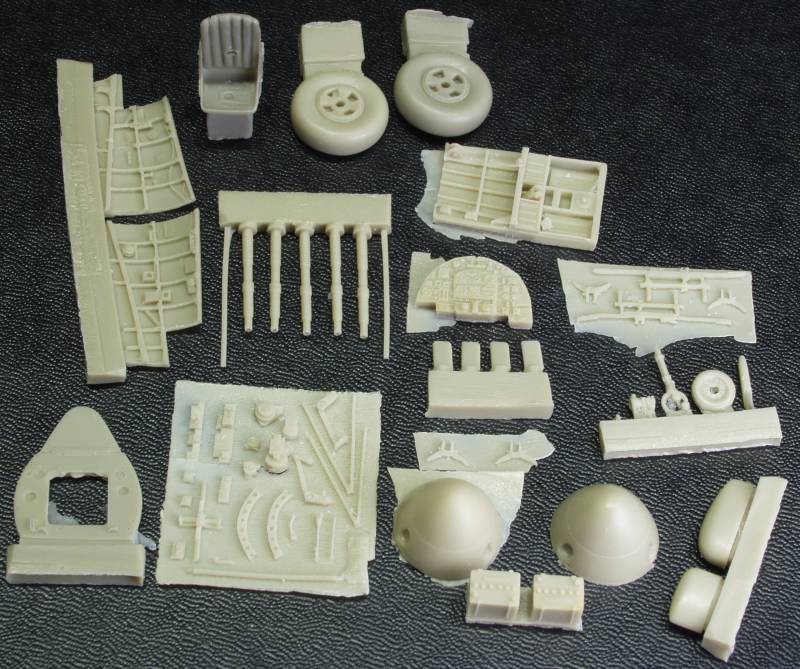
The cast metal parts are for the main landing gear struts. They are cleanly molded with little flash and should provide a sturdy base for the model to rest on. See below.
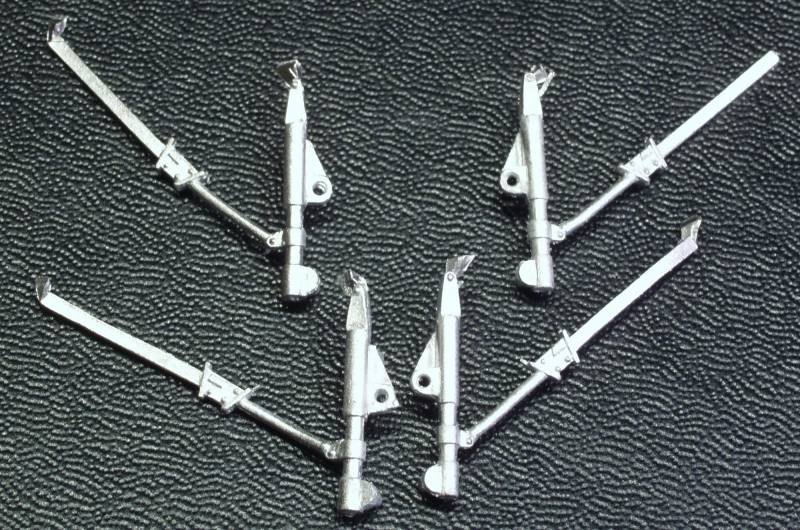
A small fret of photoetch was also supplied which has coolant radiators, belt and harness and an assortment of other parts to dress up the cockpit. See below.
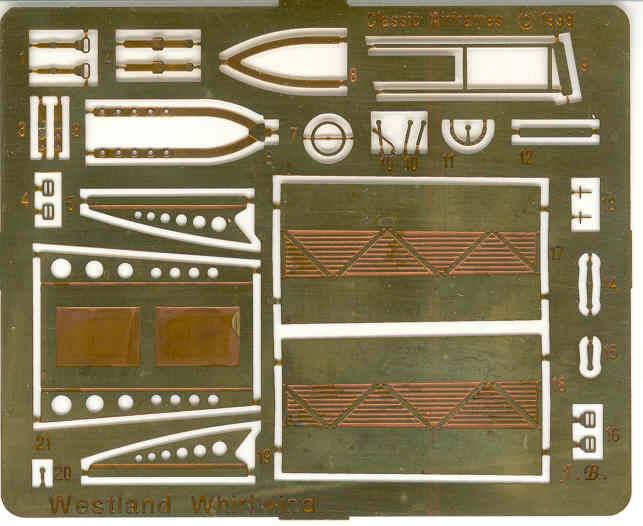
The clear parts are vacuformed and there are two sets. The parts are clear and have well defined frame lines. See below
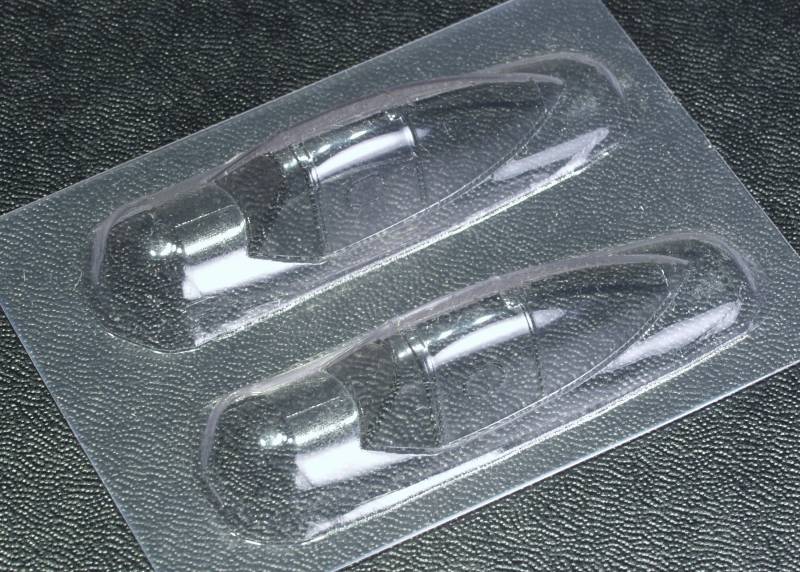
The decals provide markings for two aircraft, one for each of the two squadrons they served in. They are printed by Microscale and provided a few stencils. The decals are thin and glossy as one would expect from Microscale. The only markings that could be printed off register are provided as individual pieces so if they end up off register, it's your fault. See below.
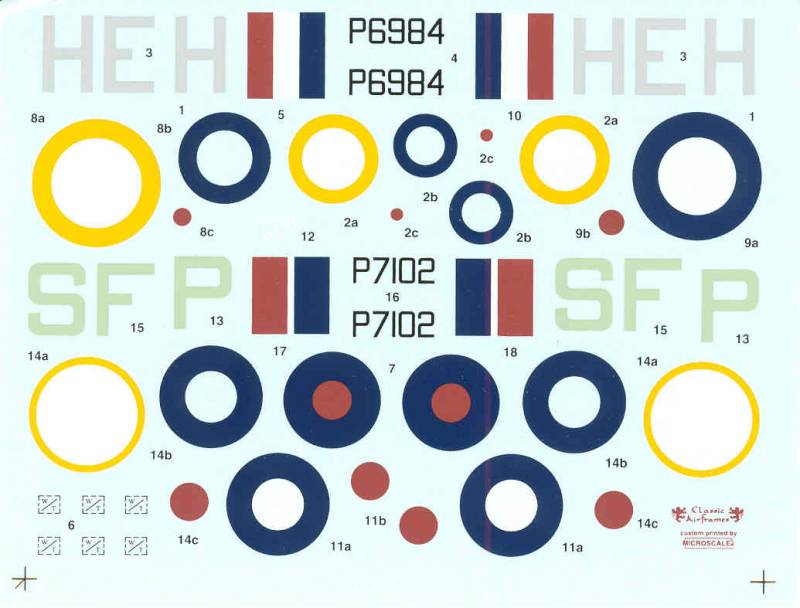
The instructions are printed in a long page in the landscape direction and folded in thirds to provide 6 panels. The only thing a little unusual is that one side is printed upside down from the other. One panel has history and specifications, one has the usual icon chart, paint colors by name and nearest FS number and a parts map, the other four panels are assembly steps.
After Market Goodies
There are none to my knowledge and no reason for any really.
Conclusions
This is another nice Classic Airframes kit of an aircraft that has been neglected in the the past at least in 1/48 scale. It includes a lot of nice multimedia parts and by all accounts builds into a nice model without a lot of grief beyond the usual issues with cleaning up and test fitting parts. Recommended for modelers with experience with this type of kit.
Links to kit build or reviews
Build / Reviews can be found here and here.
References
Warpaint Series No. 54, Westland Whirlwind F.Mk.I by Alan W. Hall